Michael J. Lee: The Heart and Soul of a Room
August 21, 2012
It was a little over twenty years ago that I found myself on my very first photo shoot working as a design assistant for Celeste Cooper. The shoot was of Ms. Cooper’s home and I still can remember most of the shots that day; as a wide-eyed young man I was completely in awe of the photographer, Richard Mandelkorn.
While Celeste’s home was very simple, there was still so much to absorb. I was entranced by how Richard was able to take the purest and boldest design I’d ever seen and slow it down in a way that was tangible. There was one shot in particular that still sends chills up my spine. It was of the home’s foyer, which had walls of the whitest white I’d ever seen. The floor was composed of a small-scale, square, black-leather tile, and sitting there like a siren was one lone black chair. Richard photographed this in such a way that, to me, signified everything that the apartment made me feel, something I honestly cannot put into words, this image just said it all to me.
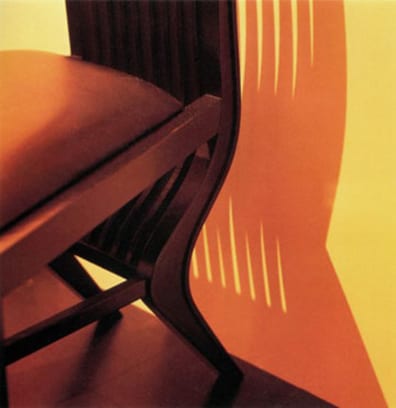
Photo by Richard Mandelkorn
It would be a good many years before I truly understood why that image was so powerful for me. You see, that is what a great architectural photographer does; takes an environment created by an architect or designer and then uses a two-dimensional photograph to tell the visceral story of that space in a poignant way. Almost like a postcard, that image will forever bring me back to a place when I fell in love with the pure beauty that great design can achieve.
Richard Mandelkorn has been commissioned more than 100 times by Architectural Digest alone in his career and is arguably the most successful of our New England-based architectural photographers.
It would then more than a dozen years before I would have the opportunity to witness Richard Mandelkorn again at his professional best. Richard FitzGerald (with whom I worked for thirteen years) and I had just completed a gut renovation of a Boston penthouse and the builder was eager to get the project published. So they presented it to New England Home and the project was accepted. Richard Mandelkorn was hired by New England Home to shoot the project. This would also be the first time I would meet Kyle Hoepner, New England Home‘s editor-in-chief. Spending that day with Richard and Kyle would end up being the single most pivotal moment in my career and the tipping point for me personally when I decided six months later that I would change careers.
The cover shot was the first shot taken that day. Richard’s camera was set up in the hallway; he had one light situated to the left just down the hall to balance the natural light from the windows just off to the right. I remember after he’d set up the shot, I said, “Richard, you should know the chandelier sways with the building so I’m not sure what your shutter speed is…” but before I could finish, he fired off the shot. After hearing the shutter close so quickly I knew my concern was mine alone, and I kept my mouth shut the rest of the day and just watched and absorbed everything…
I will never forget being wooed all over again by Richard and his ability to capture the essence of a home. Since I was intimately involved with the design of this home, the cord that he struck with me was career-changing and it stands as one of those moments I have gone back to when I needed strength of vision through the lens.
The role that an architectural photographer plays in the relationship with the design of a home by an architect or designer is a fragile one at best, since that relationship hinges upon a disproportionately balanced timeline. The architect or designer, having spent years on a project, intricately knows the good and the bad, the moments of brilliance and the agony of acceptance. Throughout this long timeline, the architect or designer has gotten to know everyone involved on the project as well as, most important, the sentiment of that home. Then along comes the architectural photographer, whose mission is to sum up all of that into a day’s worth of images? If you think about that, it’s kind of crazy. Imagine building the Big Dig over ten-plus years and then hiring some outsider to pull it all together in those last fleeting moments…it’s not exactly the best business model, yet somehow it works. It works because the good ones, the great architectural photographers, can see what I call THE tree in the forest. Not the big-picture photographers who use the widest lens money can buy. I’m talking about those photographers who can scan the landscape of a project and extract its core, the project’s soul.
Besides Richard Mandelkorn, there are a number of other architectural photographers whose work I greatly admire.
Over the years I have been an ardent follower of Antoine Bootz. Please visit his website, I personally love the way he mixes black and white and sometimes humor within his images (look for the windex bottle).
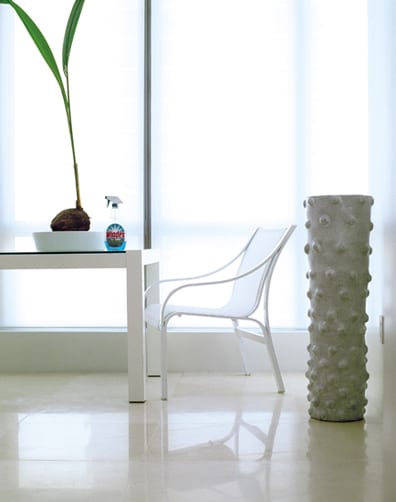
Photo by Antoine Bootz
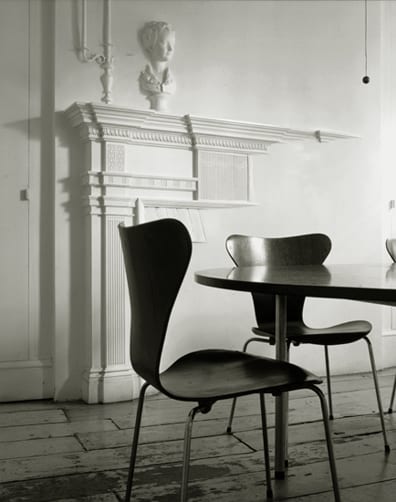
Photo by Antoine Bootz

Photo by Antoine Bootz
Another photographer who’s caught my attention is Werner Straube. Again, it is his innate ability to capture a room’s soul that draws me in again and again…
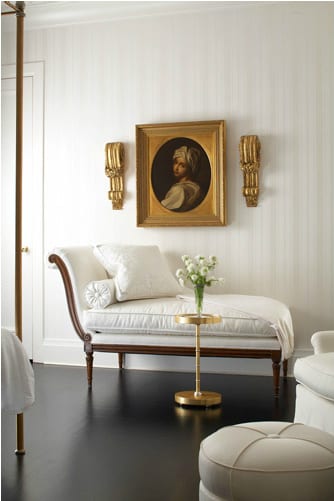
Photo by Werner Straube
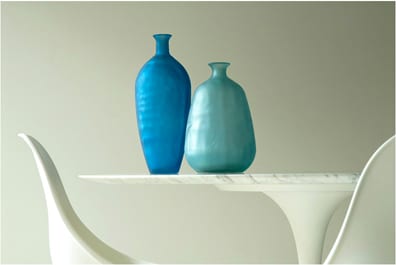
Photo by Werner Straube
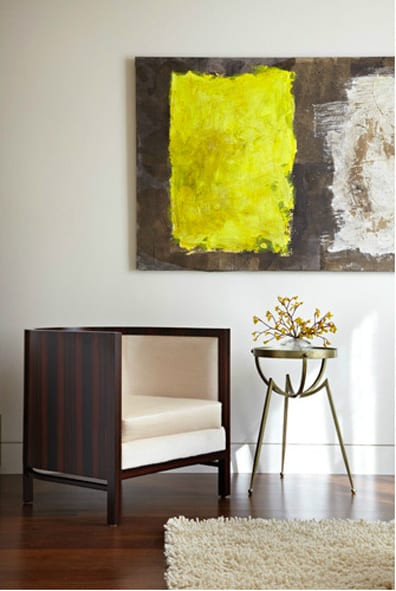
Photo by Werner Straube
I hope these architectural photographers have inspired you in the way they have inspired me.
On a personal note, about six months after that fateful shoot with Kyle Hoepner and Richard Mandelkorn I asked Kyle to meet me for coffee. I think he thought I was going to show him another Richard FitzGerald project, but instead I think I shocked him as I nervously presented a very crude and embarrassingly small portfolio of images I’d photographed. I explained my intent to become a full-time photographer, and Kyle (who has three magazines to run, by the way) has still found the time on several occasions to very generously give his advice, time and tutelage (bet you didn’t know Kyle is quite versed in Photoshop), for which I am very thankful.
-Michael J. Lee
With sixteen years of interior design experience and now in his fifth year of professionally practicing architectural photography, Michael J. Lee brings a unique perspective behind the lens.
For more on capturing design through photography, check out:
Share
![NEH-Logo_Black[1] NEH-Logo_Black[1]](https://b2915716.smushcdn.com/2915716/wp-content/uploads/2022/08/NEH-Logo_Black1-300x162.jpg?lossy=1&strip=1&webp=1)
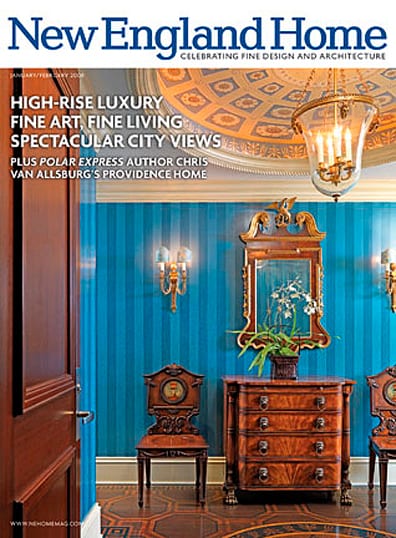



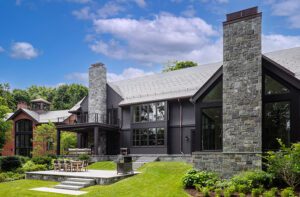
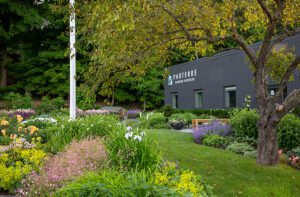
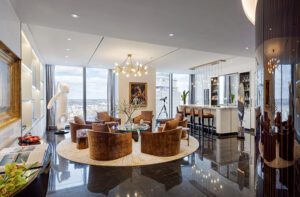

You must be logged in to post a comment.